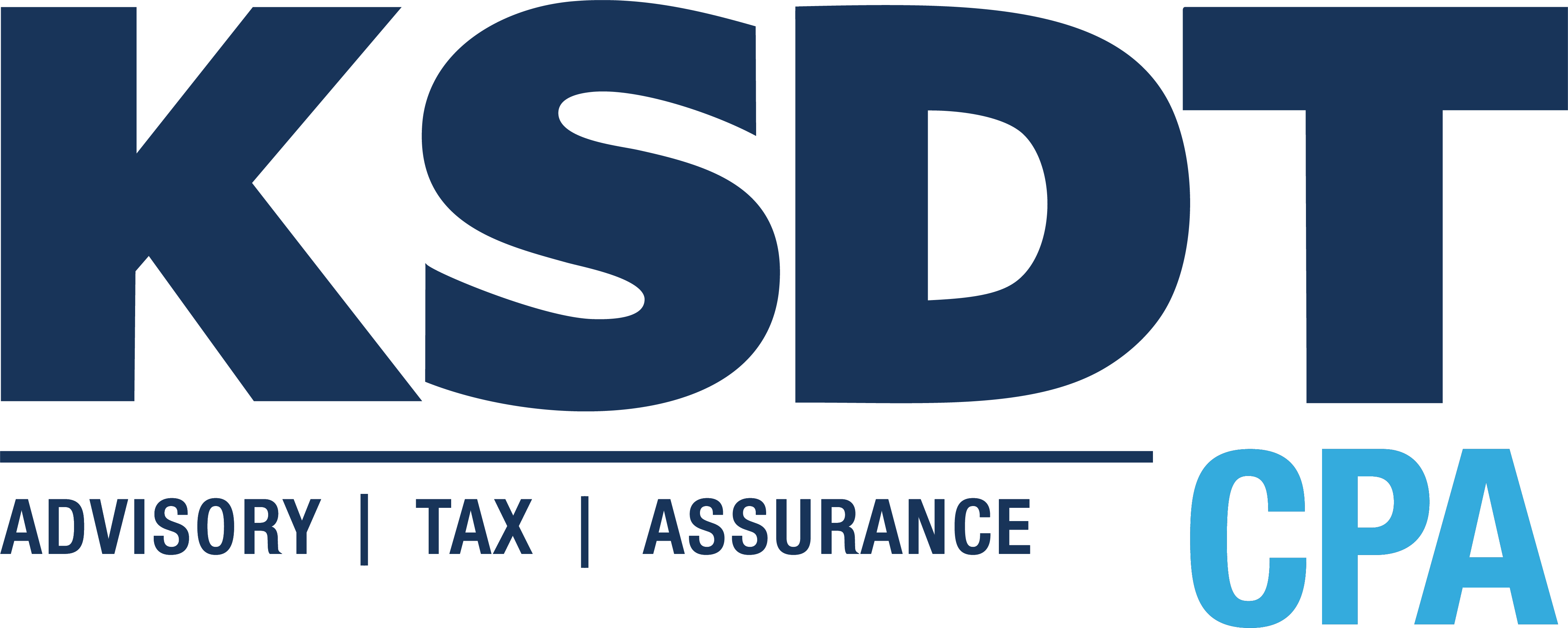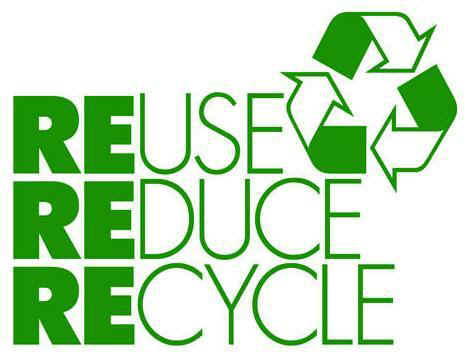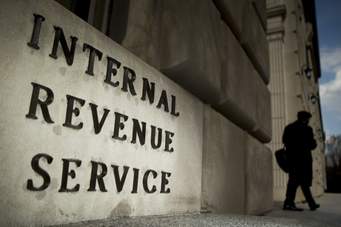You may already be doing your part to help save the planet. From recycling to driving electric cars, to avoiding the use of plastic bottles and carrying reusable bags to the grocery store, there are myriad ways for all of us to make a difference—both big and small. However, it may be important to stop and ask ourselves: Are we currently doing enough?
If you have considered pursuing an even more sustainable lifestyle, guess what? There’s an app for that! Actually, there are a few different apps to help you accomplish the goal of tracking your carbon footprint. In doing so, you can physically see your carbon environmental impact.
Below, we have detailed some of these apps and their benefits. Take a look! If you have any questions, please don’t hesitate to reach out.
Capture is an app that calculates users’ monthly CO2 targets by asking a series of questions. These questions include things like, “How many flights a year do you take?” and “What kind of diet do you adhere to?” Capture also utilizes GPS tracking to predict emissions from transportation.
Specifically, the app was designed to not only make planet-friendly living possible, but also make the process easy—or, easier—for those interested. With the capture app, users can conveniently “track, reduce, and remove CO2 emissions from everyday life.”
Interestingly, the app can be used single-handedly or with colleagues. If you are a numbers person who likes measuring and tracking, Capture is for you.
UK-based, Almond’s mission is simple: to help as many people reach Net Zero carbon emissions as possible, and in just four easy steps:
- Understand your carbon footprint
- Discover responsible brands
- Earn offset coins when you make a switch
- Offset your carbon footprint
Almond allows you to scan products to not only learn about that particular item’s story but also see what’s in the product (i.e., if it’s environmentally-friendly). Then, you can earn money with crypto rewards to plant and protect trees, which offset your carbon footprint. The more you earn, the faster you can grow your forest to achieve a carbon-balanced lifestyle and reach your personal CO2 Net Zero.
Pawprint allows individuals to fight climate change in the palm of their hands. This online tool helps to measure, understand, and reduce your carbon footprint.
Known as the “Eco companion,” this app delivers the following:
- Science-based data you can trust
- Carbon-reducing tips and challenges that suit your particular lifestyle
- Better insight into how your carbon footprint measures up to the rest of the UK (this app is also UK-based)
One factor that sets Pawprint apart from other carbon footprint tracking apps, is that all of its data is validated by Mike Berners-Lee’s Small World Consulting, an expert in the industry.
Of course, there are plenty of other smartphone apps and tools available to help you better track and reduce your carbon footprint, including The Extra Mile, My Planet, and Carbon Footprint. The trick is to find the app or tool that works best for you and your lifestyle.





